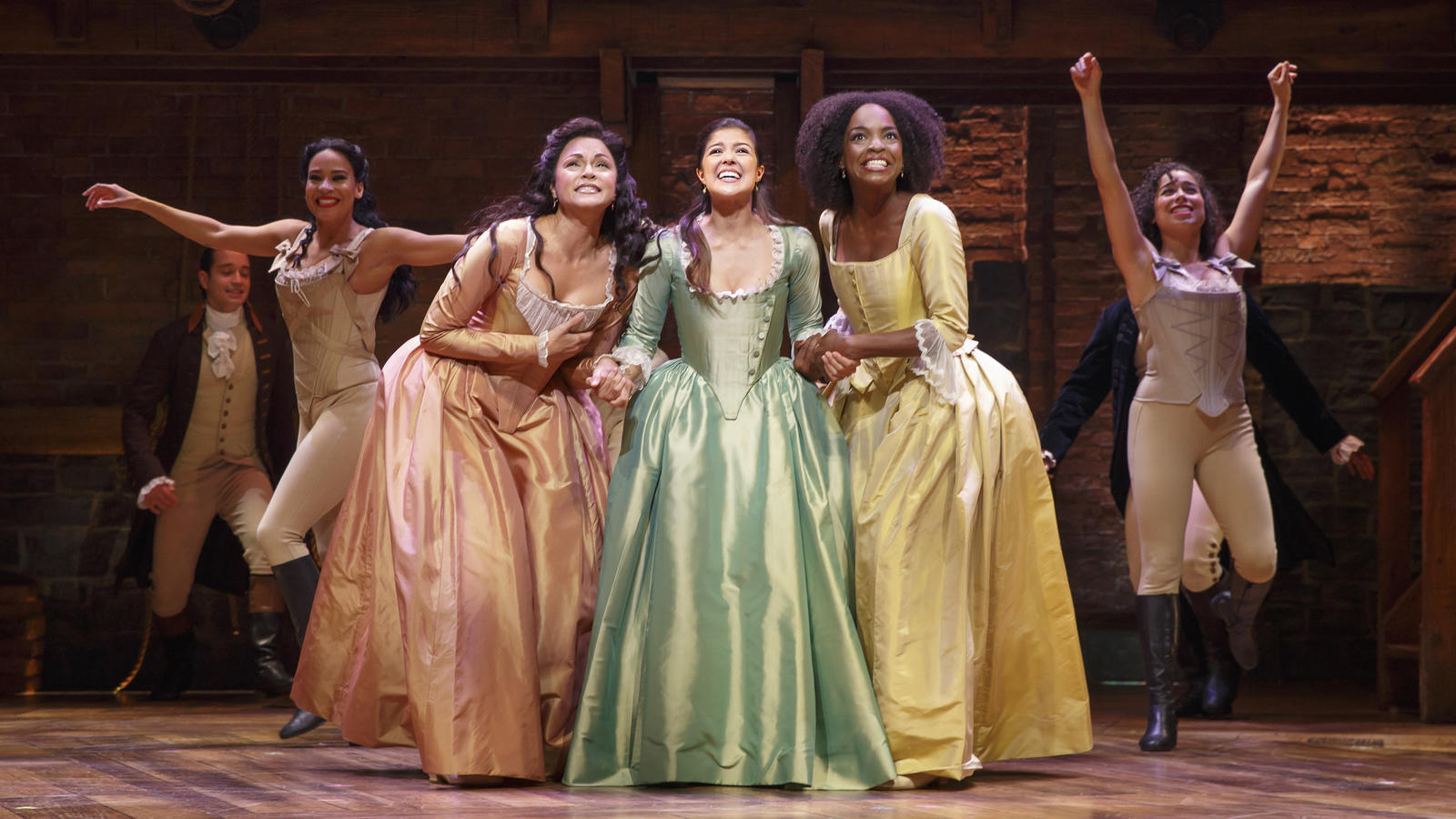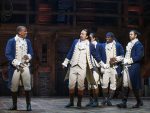Recently, things have been looking good for Hollywood in terms of diversity: “Moonlight” won best picture at the Oscars, “Wonder Woman” broke box office records as the first superhero movie with a female lead and a female director and “The Big Sick” has received rave reviews from critics. Of course, to say “things look good” for Hollywood’s diversity is really to say that things simply look better than usual, which, when you look at Hollywood’s terrible track record, is not that hard to achieve.
A 2016 University of Southern California study of over four hundred movies and television shows released between 2014 and 2015 found that only 33.5 percent of all speaking characters were female, and just 28.3 percent of speaking characters were nonwhite. Compare that to a nation composed of over 50 percent women and almost 40 percent nonwhite persons. Even more damning, half of the films studied had no Asian characters in speaking roles, one-fifth had no black speaking characters and only 2 percent of the characters in these four hundred movies were identified as belonging to the LGBTQ+ community.
Diversity in film is notably worse than in television, with 3.4 percent of all film directors being female, and only 7 percent of casts embodying a racial and ethnic diversity reflecting that of our country. TV, on the other hand, has 17 percent female directors and 19 percent ethnically balanced casts. That’s not great, but at least it’s better than the movie industry, which, according to the USC study, “still functions as a straight, White, boy’s club.” One way to cure this lack of female and multiethnic representation in media is to get more women and minorities behind the camera and in the writers’ room; simply put, a more diverse storytelling team will tell more diverse stories.
Coming off of that study, contemporary Broadway looks like the pinnacle of diversity. “Hamilton” is famous for having recast the founding fathers as members of America’s minorities, “Waitress” has three lead female characters, two of whom were nonwhite in the original cast and “Eclipsed” and “The Color Purple” are a play and a musical, respectively, that focus specifically on the experiences of black women. Of these, “Waitress” and “Eclipsed” feature all-female creative teams. All four of these Broadway shows were nominated for Tony Awards in 2016, and the incredible lasting success of “Hamilton” indicates a hunger for more diverse, creative shows.

It’s easiest to compare the disparate levels of diversity in the 2016 seasons of Hollywood and Broadway when looking at the #OscarsSoWhite controversy and then noting the fact that all four Tony winners of the major musical categories were black. However, the 2017 season looked better for the Academy Awards and worse for the Tonys, simply in terms of the number of actors of color nominated, but that overlooks the fact that many of the plays and musicals that made the 2016 Broadway season so diverse are still running. Variety of story is also important, and it is something that Broadway does particularly well, while Hollywood churns out superhero sequels and remakes—not to mention the obligatory Disney Pixar sagas—hit Broadway shows include an adaptation of part of Tolstoy’s “War and Peace” and the heart-wrenching story of a high school boy with social anxiety whose letter to himself is mistaken as someone else’s suicide note.
Part of Broadway’s multiculturalism might simply be due to its location. New York is one of the most culturally, ethnically and linguistically diverse cities in the country, and it is inevitable that such variety is reflected (at least to some extent) on the stage. On a related point, New York is very liberal; especially recently, politics and diversity—particularly the willingness to push for and accept diversity—are inextricably linked. These factors certainly influence what shows are created and which go on to be successful on Broadway. Hollywood films are made to appeal to as many people as possible; Broadway shows, while they do try to attract a wide audience, are mainly aimed at the New Yorkers who come to see them.
Even shows with white, male leads, like this year’s Tony winner for Best Musical, “Dear Evan Hansen,” often seem more diverse than Hollywood movies starring similar characters. Part of this might be the format of musicals: chorus members (Broadway’s version of extras) get to show off their skills, side characters are allowed to shine in solos or group numbers and love interests avoid the pitfall of being one-dimensional by singing their character development from the heart, straight to the audience. In this way female characters, like Zoe in “Dear Evan Hansen” and Angelica in “Hamilton,” are elevated from potential romantic partners to individually dynamic characters in their own right.

Of course, despite the success of musicals like “Hamilton,” “Waitress” and “The Color Purple,” diversity on Broadway has a long way to go. According to an article from American Theatre, from 2006 to 2015, actors of color were cast just 23 percent of the time on Broadway, and even the visibly progressive 2016 season had only six writers of color. As of 2016, 2,357 white actors have won Tonys, compared with 130 nonwhite actors. Still, there is good news: Broadway shows are increasingly casting actors of color in roles traditionally filled by white performers. Asian-American actress Phillipa Soo, of “Hamilton” fame, was the lead in the adaptation of “Amélie,” and “The Phantom of the Opera” and “Les Misérables” had their first black Christine and Jean Valjean, respectively.
Increasing the portion of women and minorities in both Hollywood and Broadway is no simple task, but solutions have already been proposed and are waiting to be tried. Some recommended methods for increasing diversity include a Bechdel Test for race (and don’t forget the original Bechdel Test) and writing five more women into every script. Another option is to simply change any male character in a script to a woman; the creators of the television show “Legion” did so with the character of Lenny, which means we all now get to enjoy Aubrey Plaza’s portrayal.
All in all, it’s important to share the experiences of women and people of color. Films and television shows that do this tend to get rave reviews (see “Selma,” “Moonlight,” “Jane the Virgin” and countless others), but Hollywood is still overwhelmingly white, and Broadway, though showing improvement, lacks representative diversity. Both industries need to improve, but, Hollywood could take a cue from Broadway and tell more stories about women and people of color.

















